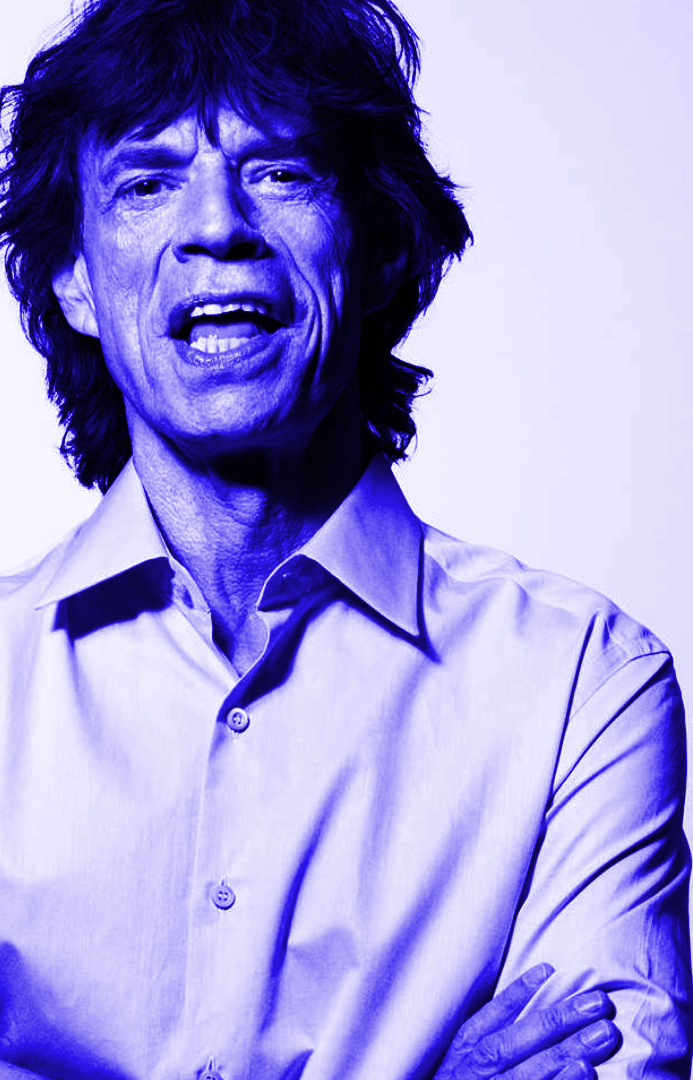5 Spots of Jewish History to Explore in Charleston
Charleston is home to one of the oldest and proudest Jewish communities in the United States. Long before it was a state, Carolina was perhaps the most welcoming place for Jews on the North American continent. Here, Jews were allowed citizenship and freedom to worship. Records infer that Jews voted in elections in the early 1700s, possibly a first in America, and in 1774, Francis Salvador (born London 1744) became the first Jewish-identified person elected to a legislative body in the colonies, serving in the 1774 and 1775 Provincial Congresses, before dying in August of that year, considered the first Jew to give his life for American independence.
While Jews are known to have been in Charleston by the 1690s, it was not until 1749 that they banded together to establish the Congregation Kahal Kadosh Beth Elohim (KKBE), translated as Holy Congregation House of God. Thus, 2024 marks the 275th anniversary of organized communal Jewish life in the city. There are many events planned to celebrate this milestone.
While the majority of the early Jews were of Sephardic descent, meaning they had originated from Spain and Portugal and followed religious rituals from that culture, Ashkenazi or German and Eastern European Jews were here from the start, as well, and they certainly became the majority by the coming of the 19th century. In the first decades of the 1800s, Charleston had the largest Jewish population in the entire country. Having been so acculturated to America and cut off from the old world, Charleston Jews launched the first Reform Movement in America, modernizing rituals, being more inclusive of women, introducing English into the service and eventually installing an organ in their synagogue, breaking with thousands of years of tradition. The first flowering of that Reform movement came in 1824, and so this is not just a 275th anniversary, but also the 200th anniversary of that momentous event.
Today, the Jewish community supports Reform, Orthodox and Conservative congregations, a Chabad, a Jewish Day school and many sites testifying to a proud history and a robust present. Five of these sites on the Charleston peninsula include:
1. KK Beth Elohim Synagogue
90 Hasell Street
The first building on this site was constructed ca. 1794, giving the KKBE congregation its first permanent home, after renting various sites since the congregation’s founding in 1749. Images show the exterior resembling a church, with the interior very much in the old-world Sephardic/Spanish /Portuguese traditions. The present Greek Revival structure dates from ca. 1841 when this entire neighborhood burned in 1838. The Greek Revival Catholic Church across the street dates from the same time period. This is the second oldest synagogue building in the USA and the oldest one in continual use. For information on KKBE, hours of services, tours of the sanctuary and the historic Coming Street Cemetery, click here.
2. Coming Street Cemetery
189 Coming Street
One of the oldest Jewish cemeteries in the South, and certainly one of the largest, it once was the private burial ground of the DaeCosta family which transferred it to the congregation. The earliest tombstone dates from 1762 and here are interred Jews who fought in the American Revolution, the War of 1812, the Civil War, World War I, etc. Another grave of note is that of Penina Moise (1797-1880), the first Jewish woman to publish a book of poetry in the USA and author of many of the early Reform hymns. Once composed of three separate cemeteries, it is available for tours only by appointment. Click here to make an appointment.
3. Brith Sholom Beth Israel Synagogue
(Covenant of Peace, House of Israel)
182 Rutledge Ave
Ashkenazic or Jews of German/Easter European descent founded Berith Shalome ca. 1854, one of the first such congregations in the South. Strictly adhering to orthodoxy, its members worshipped on St. Philip Street in a building no longer standing. In 1911, more recent Eastern European immigrants to city, wanting more orthodox services, founded Beth Israel congregation a few blocks away on the same street. Beth Israel Congregation built this Moorish style structure in 1948 and in 1954, the Brith Sholom congregation joined with Beth Israel worshipping here, joining the two different groups into one. For more information on services, click here.
4. Hebrew Orphan Society
88 Broad Street
Charleston is home to the oldest still extant Jewish charitable organization in the country, the Hebrew Benevolent Society, founded in 1784. In 1833, this building was purchased by the Hebrew Orphan Society, founded in 1801. The Society cared for Jewish orphans in the large city orphanage and sometimes housed them here. When the KKBE synagogue burned in 1838, services were briefly conducted on the premises. The marble plaque between the second and third floor center window is in Hebrew.
5. Holocaust Memorial
Marion Square
This monument to six million Jews and countless other victims of Nazi atrocities was dedicated in 1999, the drive spearheaded by holocaust survivors and their descendants who lived in the city. It was once overshadowed by the looming statue of John C. Calhoun, which was taken down, with the full support of Charleston City Council, in 2020. About a block away, at 110 Calhoun Street, stands Emanuel AME Church, the site of a racist murder of nine Black worshippers in 2015. A new memorial is being raised there. When completed, it and this monument will stand as warnings and reminders to the deadly effects of prejudice and intolerance.
To discover more spots to explore Jewish history in Charleston, see the College of Charleston’s informative Mapping Jewish Charleston website with information on the past and present presence of Jews in Charleston.
The post 5 Spots of Jewish History to Explore in Charleston appeared first on Explore Charleston Blog.







